
The Secret to Sustainability in Design Isn’t Exactly What You’d Expect
Architectural designer Amanda Gunawan says it’s not just about using solar panels and FSC-certified building materials.
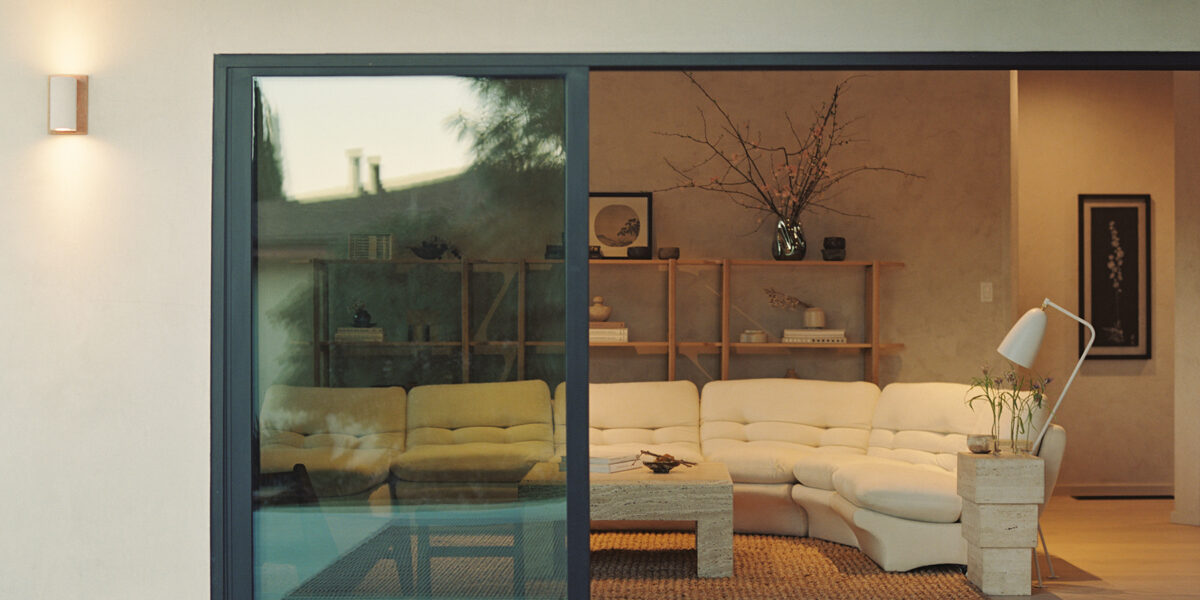
Justin Chung Photography
Sustainability is such a buzzy (and important) topic in so many industries, especially in the architecture and design world. Like the fashion industry, there is a movement towards “slow” design, investing in things that are timeless and long-lasting. Many firms and brands are prioritizing materials and manufacturing/build methods that are eco-friendly and sustainable.
And while all of the above is so necessary to caring for the planet and reducing waste, founder of Los Angeles-based architecture and design office firm OWIU, Amanda Gunawan, says focusing on sustainability at the beginning of a project is the best way to start. “First and foremost, we believe in creating spaces that are built to evolve,” Gunawan says of her firm, which she runs with Joel Wong. “This means we not only evaluate the past, the present but also plan for the future. That process is quite extensive and therefore ‘slow’ in itself. There is a sustainability aspect to it. Oftentimes people think that sustainability in architecture is using solar panels or building materials that are FSC-certified but I think it’s important to go to the root of it. We believe sustainability starts from conception. If we design thoughtfully from the start, then the longevity of the space is increased and there is nothing more unsustainable than tearing down or changing something because it was done in a slipshod manner. We also work on a lot of old houses not to tear the whole thing down completely but rather to see how we’re able to evolve the space. We always say that our process is the sweet spot between renovation and preservation.”
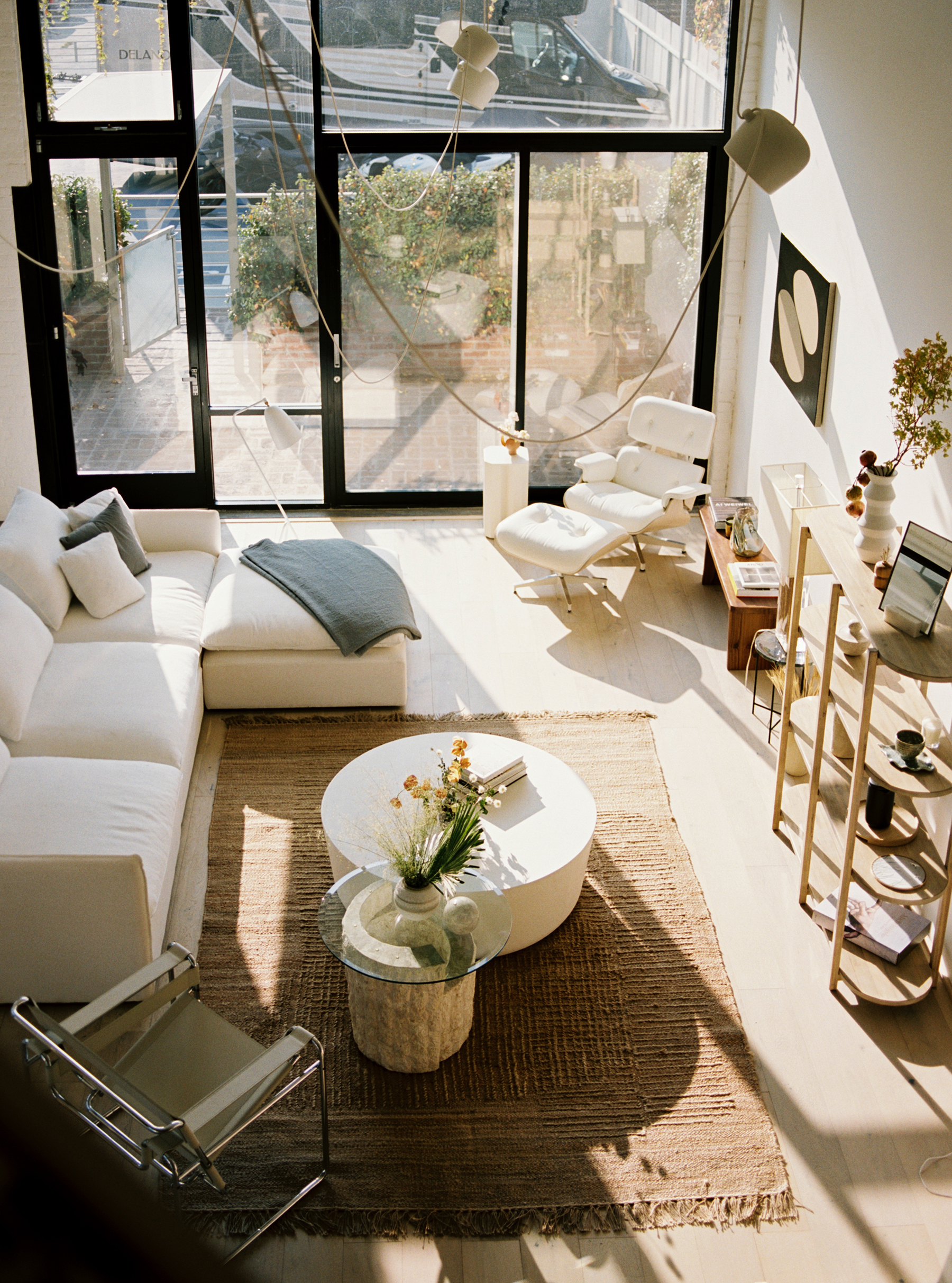
Justin Chung Photography
And it shouldn’t be a surprise that the philosophy of wabi-sabi is a big tenet of the OWIU (Only Way Is Up) design team. When you think about it, wabi-sabi is a philosophy that is rooted in sustainability. “It’s about embracing wear and tear as a natural and organic process and being able to find beauty in it,” Gunawan says “We always build spaces that are made to evolve with its inhabitants and planning for the future means allowing the aging of the space to simply be a natural element of it. I would say that’s very wabi-sabi.”
During a time when many people are wondering how to live more sustainably, but might not be able to install solar panels on a rental or have the opportunity to build a home with eco-friendly materials, the idea of embracing wear and tear and just being more thoughtful when decorating is a place to start. Actions like not giving into the latest trend and buying things that might look out of place in just a few years, or shopping secondhand pieces is one way to do your part.
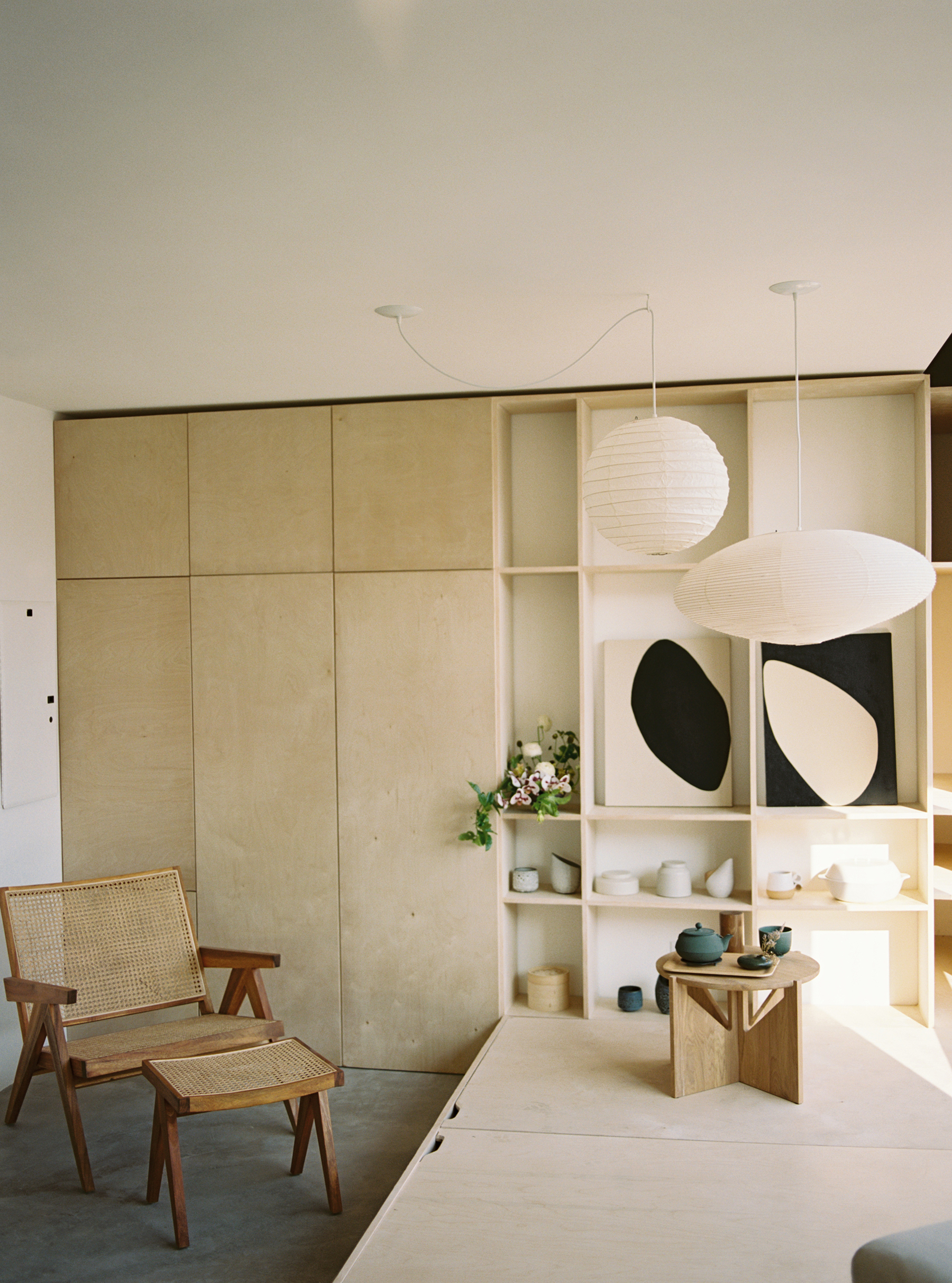
Justin Chung Photography
Gunawan gave us more insight into her background in architecture, representation in the industry, and how you can incorporate wabi-sabi into your home—read our Q&A with her below.
What is your design background? How did you get started in design and architecture?
I worked for Morphosis (the firm of Thom Mayne, who is L.A.’s starchitect) right after graduation and left because a chair that I had designed for a conceptual furniture competition had gotten some traction and Paris Design Week had reached out to ask if I wanted to exhibit it. I then started my own practice soon after. I’ve wanted to do design and architecture since I was a child. When I was in elementary school, we had been asked to write about our ambitions and I got selected to stand up and read what I had written. I proudly said that I had wanted to be a real estate developer. Nobody in my class even knew what that meant. Suffice to say I had wanted to be an architect since then and things never changed.
Can you describe your personal design aesthetic and also what your firm’s aesthetic or principles are?
Our firm is OWIU, an abbreviation for the “Only Way Is Up.” This is something we preach and wear proudly on our sleeves. Our firm’s ethos is firmly rooted in thoughtful design. What that means is that we don’t simply make spaces that are built to last, we build spaces that evolve. There is a very nuanced difference between the two; when you create spaces that evolve, it means you’re planning for the future of it. In that way, we are very forward thinking and we implement that through thoughtfully designed and carefully crafted spaces.
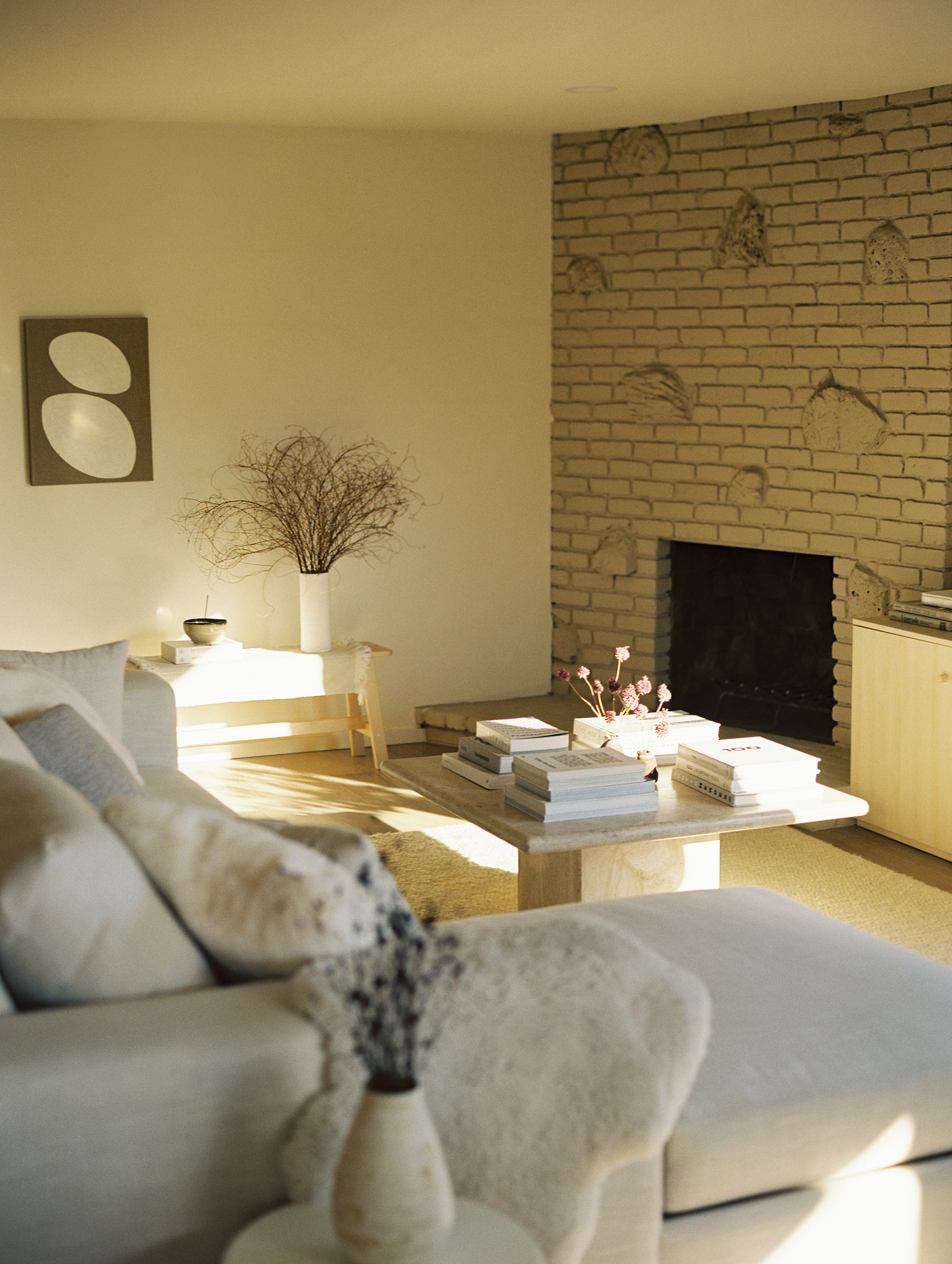
Justin Chung Photography
Where do you get your inspiration for your work?
I would say I learn a lot from traveling. I love learning about people’s cultures and practices—the ins and outs of how to navigate in a country, their essences, what makes them, them. There’s so much from the world that we draw and bring into the practice. Aesthetics is simply one aspect of our work. What really drives our projects is a level of depth to them. We love learning about the history of a space, understanding our clients and getting to know them fully and then kind of see where we can find the middle ground between all of that and enhance a particular space, whilst thinking about its growth. It’s kind of like a therapy session for design. I always like to say that’s what I am as a designer. In order to do that, I need a very high level of empathy, which is cultivated from talking and learning about people, something that happens a lot when you’re traveling.
As you know, May is Asian American and Pacific Islander Heritage Month, and I’ve heard that you take a lot of inspiration from your background. Can you explain how your heritage informs your design?
I was born in Indonesia, grew up in Singapore, and then only moved here during college, so I would say there are a lot of Asian influences in my work, both consciously and subconsciously, outwardly and inwardly. Fundamentally, I hold the tenets and values that were instilled in me, having grown up in Asia, very closely. The end-product of that is a design that has very obvious Asian influences.
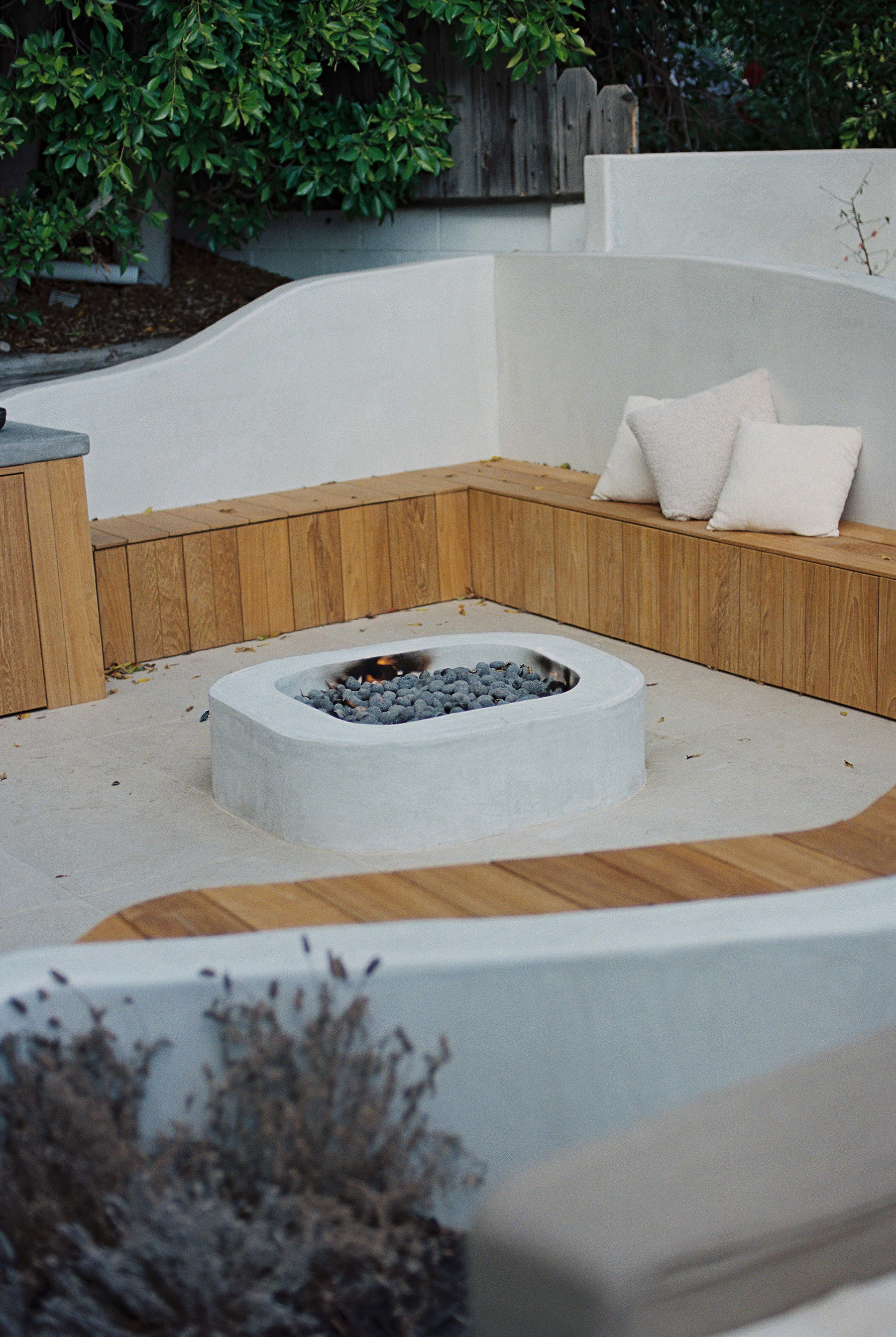
Justin Chung Photography
What are your thoughts on representation in the industry? Do you feel a responsibility to represent the community in your position as a designer? How do you present your true, authentic self in your work?
It’s definitely improving over the years and I am hopeful that there will be more representation in our industry. Yes, absolutely, in the building industry, especially, it’s rare enough to be a woman, moreover being an Asian woman. Being such a minority motivates me even more to embrace my true identity, by staying true to the Asian influences in our design and not trying to fit into what we think society will like. We definitely choose our clients and are not afraid to say no to a job that would ask us to reject that. There’s so much to appreciate about Asian design. Lots of people don’t know that even the best and most prominent architects in our industry (for example, Frank Lloyd Wright, Charles and Ray Eames) were highly influenced by Asian/ Japanese designs. I want to normalize that and make that universal and known in people’s homes.
Do you have any tips for how people can use the wabi-sabi philosophy in their own decorating and design choices?
You can choose materials that are organic and will therefore age gracefully, for lack of a better word. Allow for growth and evolution in your spaces—this sounds abstract but it simply means not to strive for perfection, but rather a high enough and realistic standard that at the same time still provides a level of comfort. Invest in nice pieces that you will have for life instead of buying one that serves as a means to an end so they end up aging with you, and of course, to repair them when the time comes instead of replace.
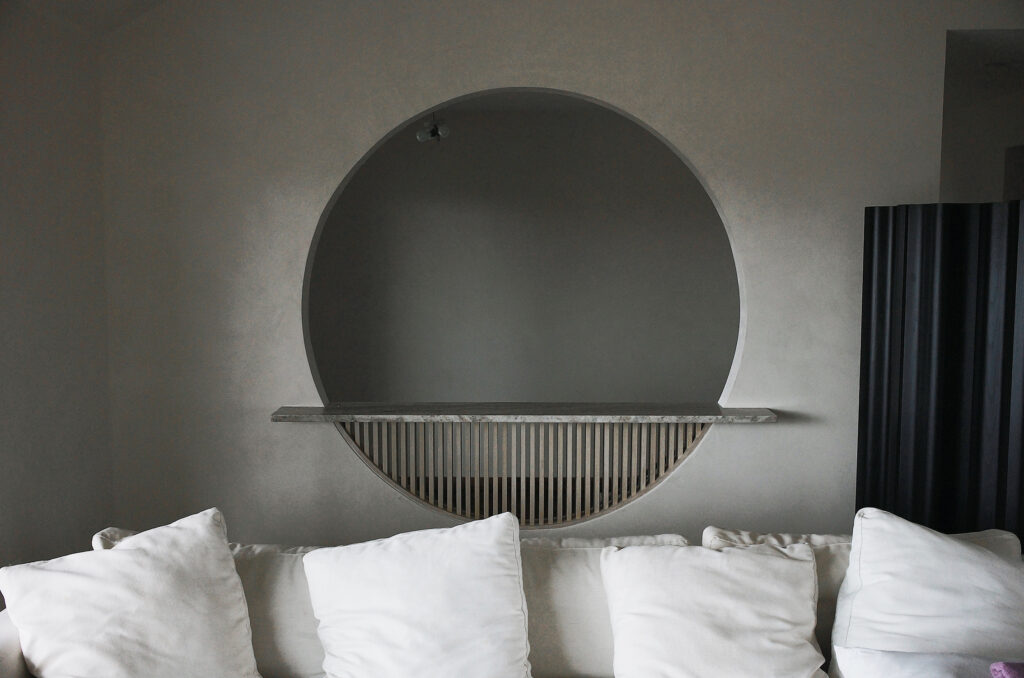
Amanda Gunawan
How can you incorporate wabi-sabi elements into the home? Do you have any recommendations for where to source these elements?
I often go for organic material choices like wood, shikkui plaster (a type of Japanese plaster that is made out of seaweed fibers, they’re so natural and age really nicely). I also pick up rocks from random trips and use them as bookends or table centerpieces.
Are there any misconceptions out there about wabi-sabi that you’d like to dispel?
I think more than anything wabi-sabi is a philosophy rather than a set of steps to follow. Wabi-sabi for me may not be wabi-sabi for you, if that makes sense. So don’t take the term as-is, in fact a lot of Japanese (or rather, foreign) words lose their depth when they get translated into English, so it’s important to understand that there’s more substance to this abstract term and it serves as a way of life.
Read the Current Issue Here!
Get one year of Sunset—and all kinds of bonuses—for just $29.95. Subscribe now!
